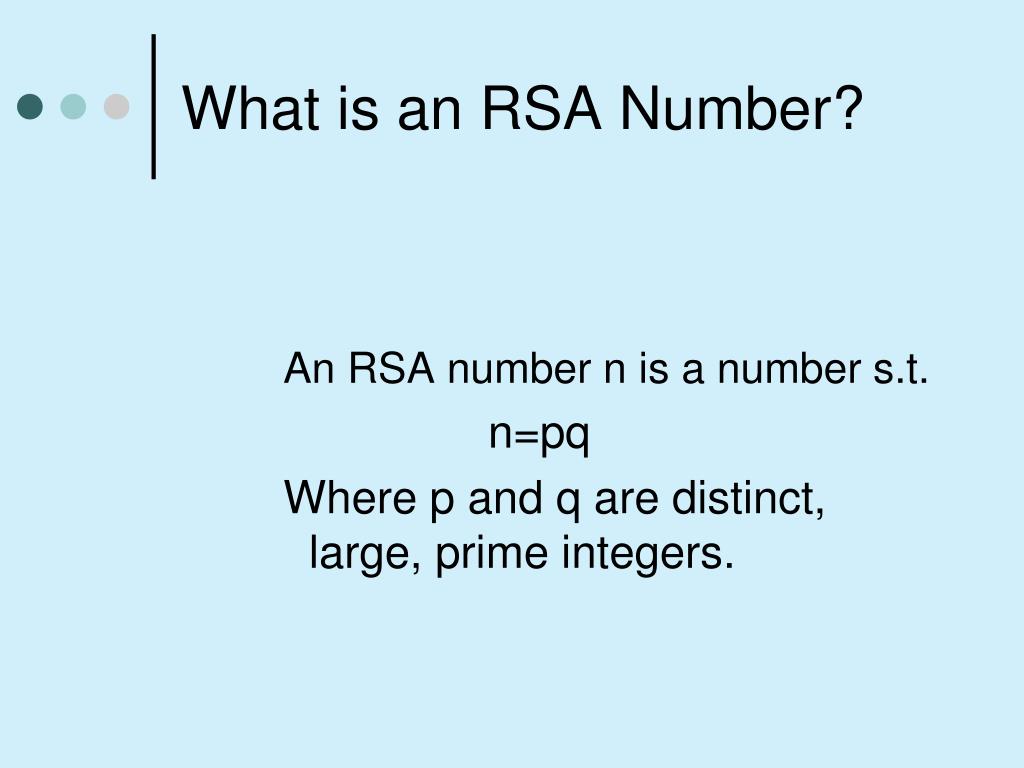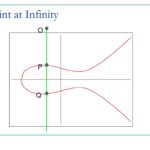In the realm of cryptography, few topics command as much intrigue as the RSA algorithm. The beauty of RSA lies not just in its mathematical underpinnings, but also in its implications for security, privacy, and digital communication. At its core, RSA is renowned for one compelling characteristic: its irreversibility. This property warrants an exploration that intertwines mathematical elegance with a Christian perspective, inviting a broader contemplation on the fascinating interplay between faith and reason.
To appreciate why RSA is deemed irreversible, one must first delve into its foundational structure. RSA encryption is predicated on the multiplication of two distinct large prime numbers, typically denoted as ( p ) and ( q ). The product of these primes forms the modulus ( n )—a cornerstone of the encryption and decryption process. This calculation is straightforward: multiply ( p ) and ( q ) to obtain ( n ). However, the inverse operation—factoring ( n ) back into its original prime constituents—is astronomically complex when ( p ) and ( q ) are sufficiently large. This difficulty is not merely an inconvenience; it forms the bedrock of RSA’s security.
The irreversibility inherent in RSA stems directly from the properties of prime factorization. When dealing with large integers, while multiplying them is computationally trivial, determining the original factors, especially when they are large primes, is a task that becomes increasingly arduous as the size of the numbers increases. Thus, what appears as a simple multiplication process spirals into computational chaos when attempting to reverse it. This points toward a deeper philosophical observation: the enigma of simplicity giving birth to complexity mirrors spiritual truths often discussed in Christian theology—the idea that the simple creation of the world (Genesis) leads to intricate moral and ethical dilemmas.
Furthermore, RSA’s mechanics invoke a broader contemplation of faith and doubt. In a world increasingly reliant on technology, the assurance of security can be a modern parallel to the spiritual armor contemplated in Christian teachings. Just as Christians find solace in their faith, users of RSA find trust in the algorithm’s ability to secure their data. The numeric structures serving practical purposes evoke a sense of divine order within a chaotic digital landscape. This order suggests that there is a guiding principle—perhaps likened to the Creator’s hand—in the mathematical constructs that govern our lives.
The Christian perspective invites questions about the nature of knowledge, mystery, and the divine. The RSA algorithm transcends simplicity; it encapsulates the trinitarian metaphor of unity within diversity. In RSA, the public key (comprising ( n ) and an exponent ( e )) is shared openly, while the private key—necessary for decryption—remains concealed. This reflects the theological invitation to share one’s faith with the world while safeguarding the sacred aspects of belief. The allure of RSA lies in its potent promise that, just like believers hold the sacred truths intimately, the private key upholds the integrity of communication hidden from potential adversaries.
Examining the practical applications of RSA leads to important modern implications. Digital signatures and secure communications rely heavily on RSA, acting as the bedrock of contemporary digital transactions. From financial exchanges to private correspondence, RSA’s irreversibility underpins the sanctity of digital interactions. Each signature, seamlessly validated by this algorithm, serves as a testament to the principled convictions enshrined in the Christian faith—the commitment to honesty and integrity within a societal framework.
This brings forth the question of faith in the unseen, akin to the belief in the divine. Just as Christians are called to trust in God’s promise, stakeholders in digital communication are called to trust RSA’s promise of irreversibility. Yet, trust also demands vigilance and ongoing faith in advancements in mathematics and computing. As technology evolves, so too does the landscape of cryptography—a reminder that while numbers provide powerful tools, the ethical considerations they invoke remain paramount.
Delving deeper into the choices made within the RSA algorithm can lead to a reflection on divine providence. The selection of prime numbers ( p ) and ( q ) may seem arbitrary; however, when examining their significance, one may find that just as one should thoughtfully choose their path in faith, careful selection in cryptographic parameters influences security. This invites a dialogue between free will and predetermined outcomes, underscoring the intricate balance that exists both in encryption and in spiritual journeys.
For the modern believer, the irreversibility of RSA is thus not only a technological marvel but a profound metaphor for the human condition. Just as one must commit to faith without the guarantee of visible outcomes, so too must one rely on the mathematical guarantees provided by RSA. The commitment to safeguarding information parallels the commitment to protecting one’s spiritual beliefs against the uncertainties of the world.
In conclusion, rationality and faith converge in the world of RSA encryption. The irreversibility of RSA is rooted in mathematical complexity, echoing deeper truths regarding the nature of existence, knowledge, and divine order. Through a Christian lens, the exploration of RSA transcends mere mathematics, inviting contemplation of broader ethical, spiritual, and philosophical questions. As we navigate the intricate tapestry of life, embracing both the beauty of numbers and the mystery of faith can lead to a richer understanding of our world, fostering security that is not just digital, but profoundly personal.








Leave a Comment